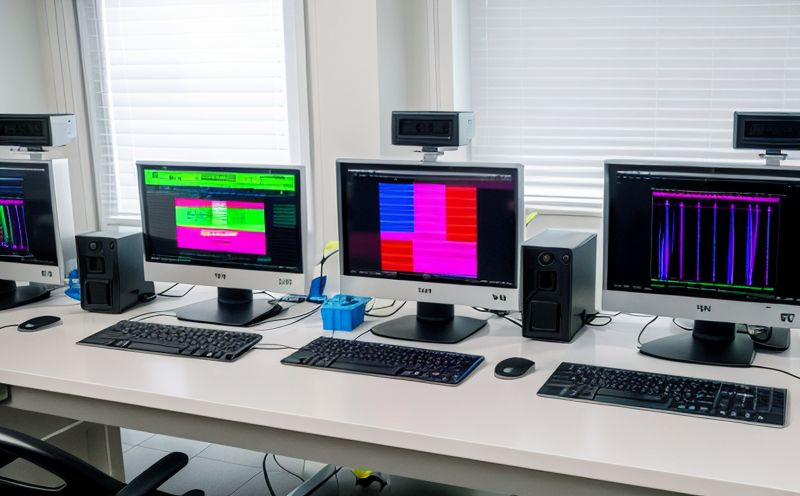AOAC 2013.02 Hepatitis A Virus Detection in Food and Water
The AOAC International method 2013.02 is a critical tool for the detection of hepatitis A virus (HAV) in food and water samples. This standard protocol ensures accurate identification, quantification, and reporting of HAV presence, which is essential for maintaining public health and regulatory compliance.
HAV belongs to the family Picornaviridae and is responsible for causing acute liver disease worldwide. The method 2013.02 focuses on detecting viral RNA using reverse transcription-polymerase chain reaction (RT-PCR) technology, which amplifies the target sequences for easier detection.
The testing process involves several steps: sample collection, homogenization, nucleic acid extraction, and finally, RT-PCR analysis. Each step is crucial to ensure accurate results:
- Sample Collection: Proper sampling is paramount as it directly impacts the reliability of the test. Samples can be collected from various food products or water sources.
- Nucleic Acid Extraction: Once samples are collected, they undergo nucleic acid extraction to isolate viral RNA for subsequent analysis.
- RT-PCR Amplification: The extracted RNA is then converted into DNA using reverse transcriptase. This step ensures compatibility with the PCR process, which amplifies the target sequences specifically designed for HAV detection.
The protocol strictly adheres to international standards like ISO and AOAC International guidelines. It includes detailed procedures, reagent specifications, instrument requirements, and quality control measures. The method’s precision and accuracy are ensured by rigorous validation through proficiency testing programs recognized globally.
Understanding the significance of HAV detection in food and water is vital for public health. The virus can contaminate various food products during cultivation, processing, or distribution stages if proper hygiene protocols are not followed. Waterborne transmission also poses significant risks, especially in areas lacking adequate sanitation infrastructure.
The AOAC 2013.02 method plays a pivotal role in ensuring the safety of food and water supplies by identifying potential contamination sources early on. This proactive approach helps prevent outbreaks of hepatitis A, which can lead to severe health complications if not managed effectively.
Food and beverage manufacturers, regulatory bodies, and public health organizations rely heavily on this method for their routine testing programs. By leveraging AOAC 2013.02, these entities ensure they meet stringent quality and safety standards set forth by national and international authorities.
Why It Matters
Detecting hepatitis A virus in food and water is not just about meeting regulatory requirements; it’s a matter of public health. HAV infections, though often mild, can lead to severe liver damage if left untreated. The importance of this test cannot be overstated given its role in preventing outbreaks and safeguarding consumer health.
Regulatory compliance is another critical reason for conducting this testing. Governments worldwide have stringent standards regarding the safety and quality of food products and water sources. Compliance ensures that businesses avoid legal penalties and maintain their reputation for producing safe, high-quality goods.
In addition to regulatory requirements, there are broader implications for public health. Outbreaks of hepatitis A can have far-reaching consequences, affecting not only individuals but entire communities. By identifying HAV early through this testing method, potential outbreaks can be mitigated or even prevented altogether.
- International Acceptance and Recognition: AOAC 2013.02 is widely accepted in many countries due to its rigorous validation process and strict adherence to international standards like ISO.
- Competitive Advantage and Market Impact: Companies that adopt this testing method gain a competitive edge by demonstrating their commitment to product safety and quality. This can enhance brand reputation and consumer trust, leading to increased market share and customer loyalty.
The AOAC 2013.02 method is also crucial for R&D teams in the food and beverage industry. By integrating this testing into their development processes, they ensure that new products meet stringent safety standards from the outset. This proactive approach helps avoid costly recalls and potential legal issues down the line.





